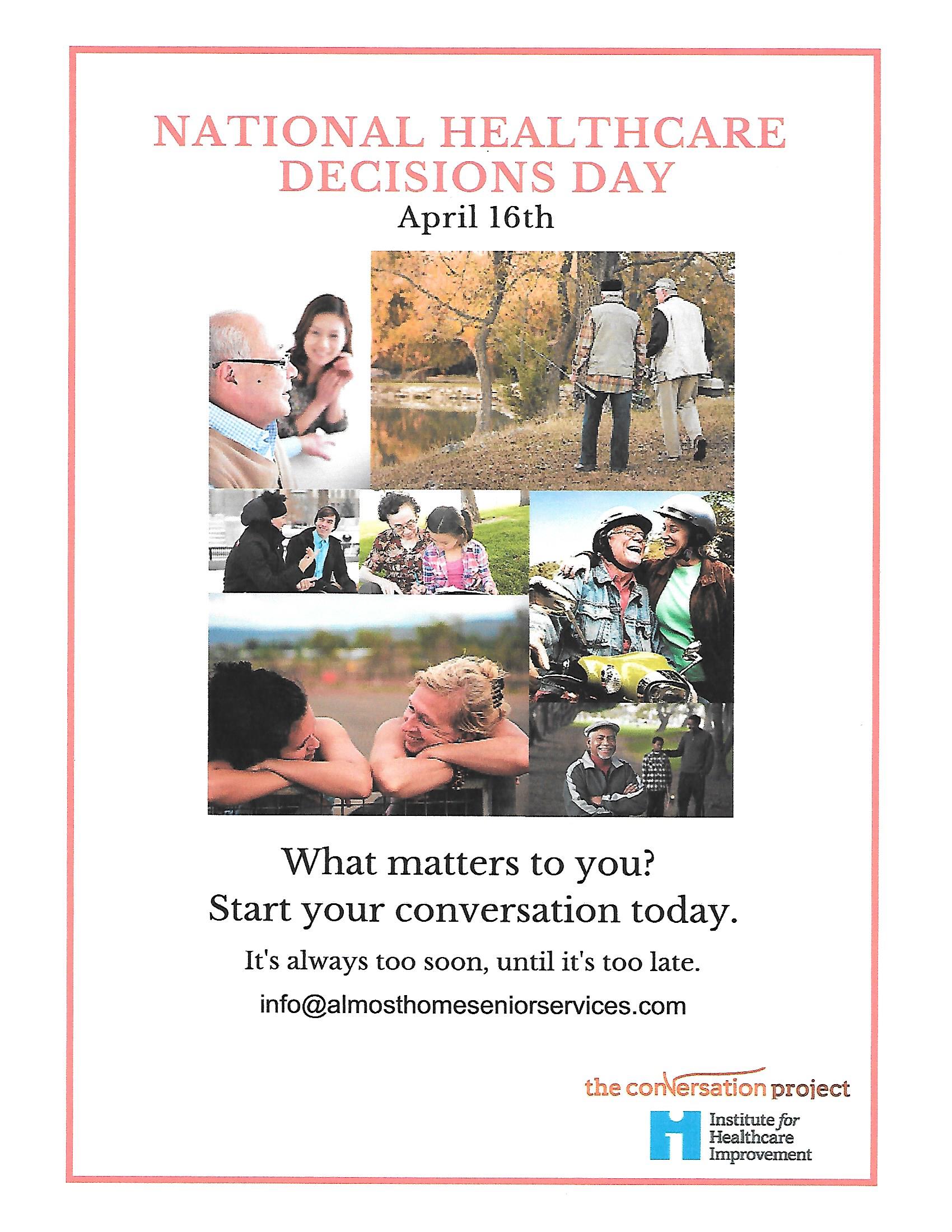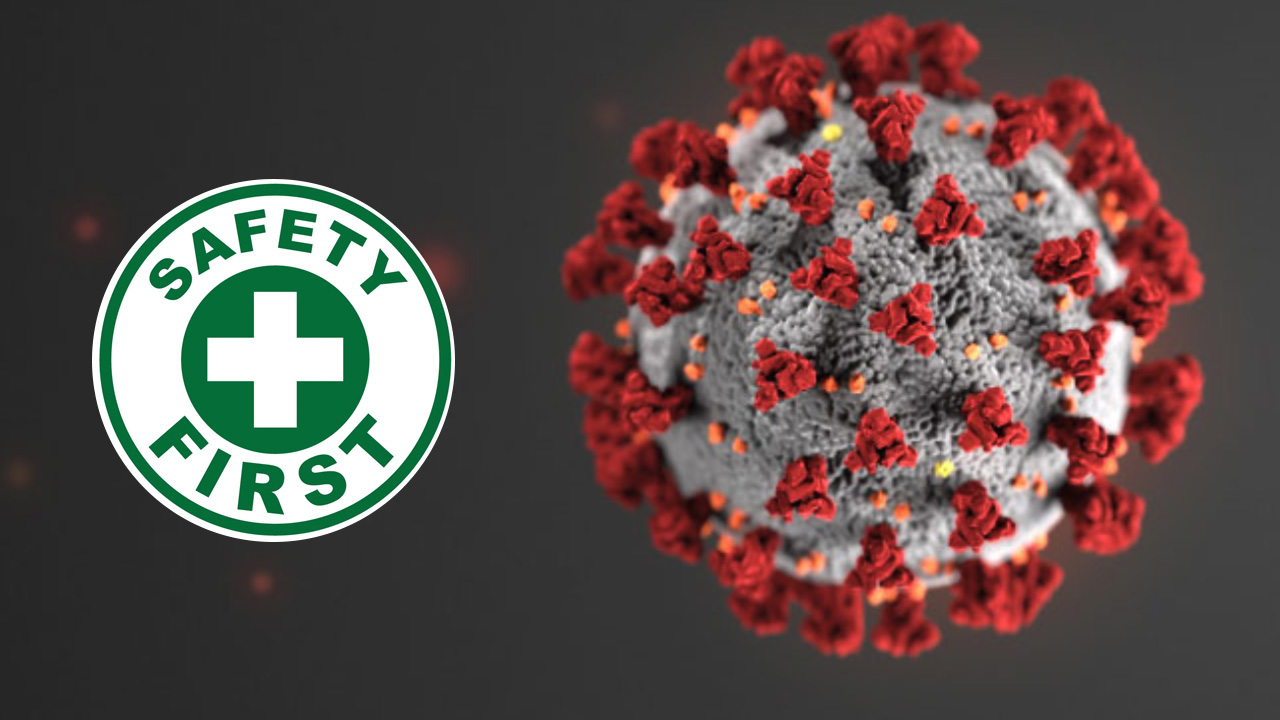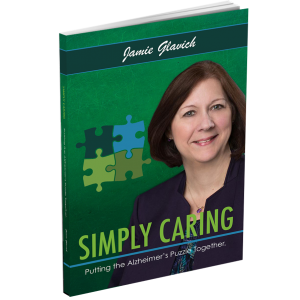
Just a DASH of salt, please!
High blood pressure, called “hypertension” is very common with complications including heart failure, decreased kidney function, vision loss, and stroke. Uncontrolled high blood pressure can lead to cognitive impairment, vascular dementia, transient ischemic attacks by blocking blood flow to the brain. There are dietary steps that you can take to reduce your risk of hypertension. These steps are called, Dietary Approaches to Stop Hypertension also known as the DASH diet. These steps and approaches are a lifestyle more than they are a diet. Take a look at some easy steps below to reduce your risk of hypertension.
Watch your sodium intake
When shopping at the grocery store look for items that say:
- No salt added
- Reduced sodium
- Low sodium
Common items that tend to be higher in sodium include condiments, deli meats and hot dogs, high processed foods like chips, bread, canned soups and vegetables. Look at the back of the package to see how much sodium is in the product per serving. One way to know if a product has high sodium is to compare the amount of sodium to the number of calories. Ideally, we’d like to keep sodium equal to or less than the number of calories for any particular product. It may not be a big deal if the sodium is a little higher than calories, but when products have a lot of sodium, they tend to have 4, 5, or more than 6 times the amount of sodium as calories.
Don’t forget to consider the entire meal or the entire day. If you eat a sandwich with high-sodium bread and deli meat, make sure to eat it along with a salad using homemade no-oil dressing.
Modifiable lifestyle choices
The first thing that you can change is smoking habits. If you smoke, try to reduce the amount you smoke per day. If you don’t smoke, do not start smoking! Another thing that you can do is to make sure you get plenty of exercise. Try aerobic exercises 4 times per week for roughly 30-60 minutes. This could be something like a brisk walk, swim, or bike. You can also try to limit alcohol to one drink per day for women and two drinks for men. An example of one alcoholic beverage would include a 24 oz beer, 10 oz of wine, or 3 oz of liquor.
Vitamins
Listed below are some vitamins and minerals that play an important role in controlling blood pressure as well as some examples as to where you can find these vitamins and minerals and how much you should try to eat daily.
Potassium: 470 mg/day
- Food: Bananas, spinach, potatoes
Magnesium: 500 mg/day
- Food: Green leafy vegetables, nuts and seeds
Calcium: 1240 mg/day
- Food: Kale, yogurt, low-fat or fat free milk
Fiber: 25-30 mg/day
- Food: Oatmeal, whole-wheat bread, dates, and strawberries
Tips for cooking and eating out
- Eat home-cooked meals as much as possible. Eighty percent of sodium consumed by Americans comes from foods they don’t prepare themselves. Know what you are eating.
- When you are out at a restaurant, ask for the sauce or dressing on the side
- Call the restaurant ahead of time to see if they can accommodate your wishes.
- Rinse all of your canned vegetables under water to reduce the sodium even more.
- When cooking, you can use herbs and no salt added seasoning to flavor your food. Herbs that add a bold flavor include garlic, citrus (lemons and limes), vinegar, and basal, and ginger.
- Always taste your food before you salt it! If using herbs with bold flavors, you may not need salt.
Co-written by Katie Wolf, graduate dietetic intern, and Heather Borders, Registered Dietitian with Kailo Nutrition.











